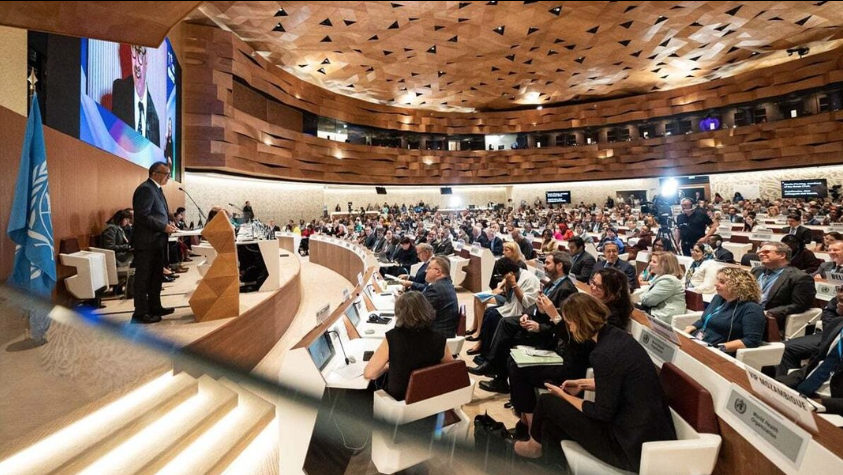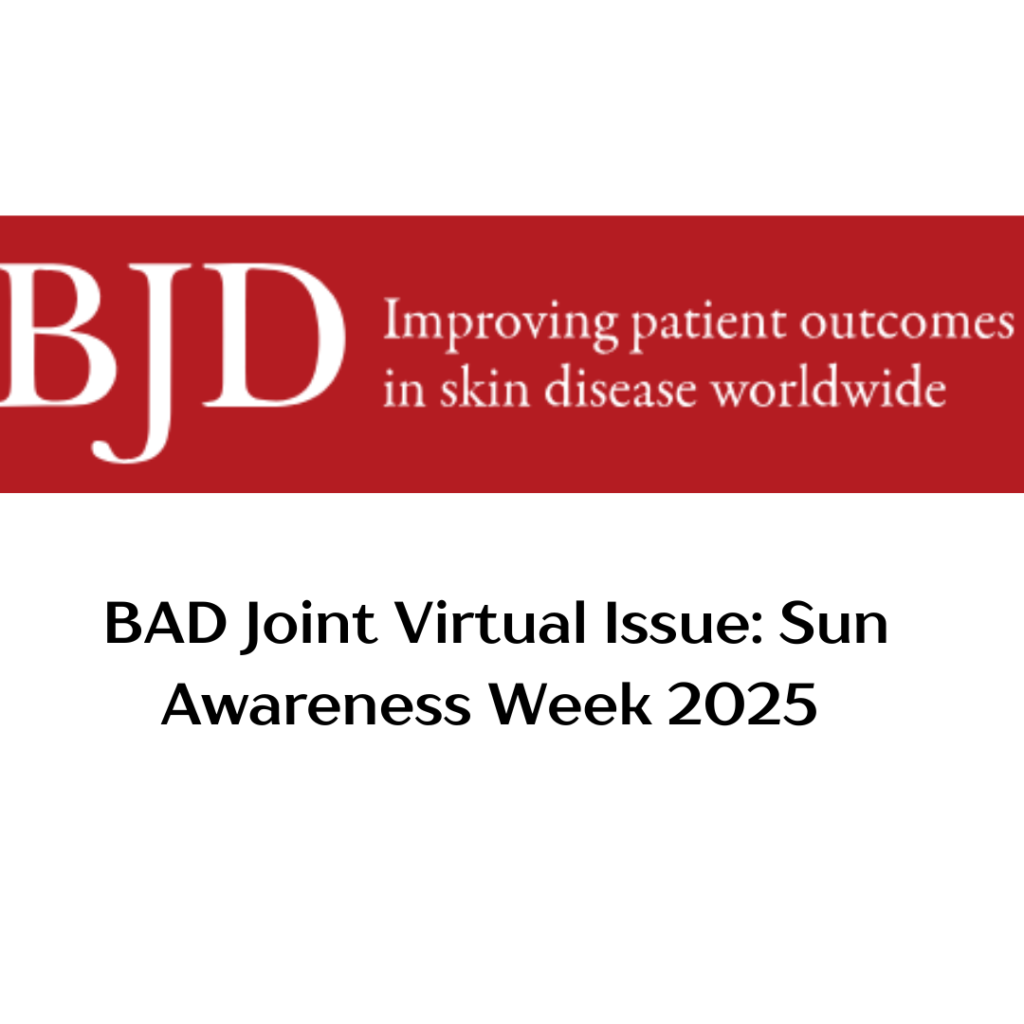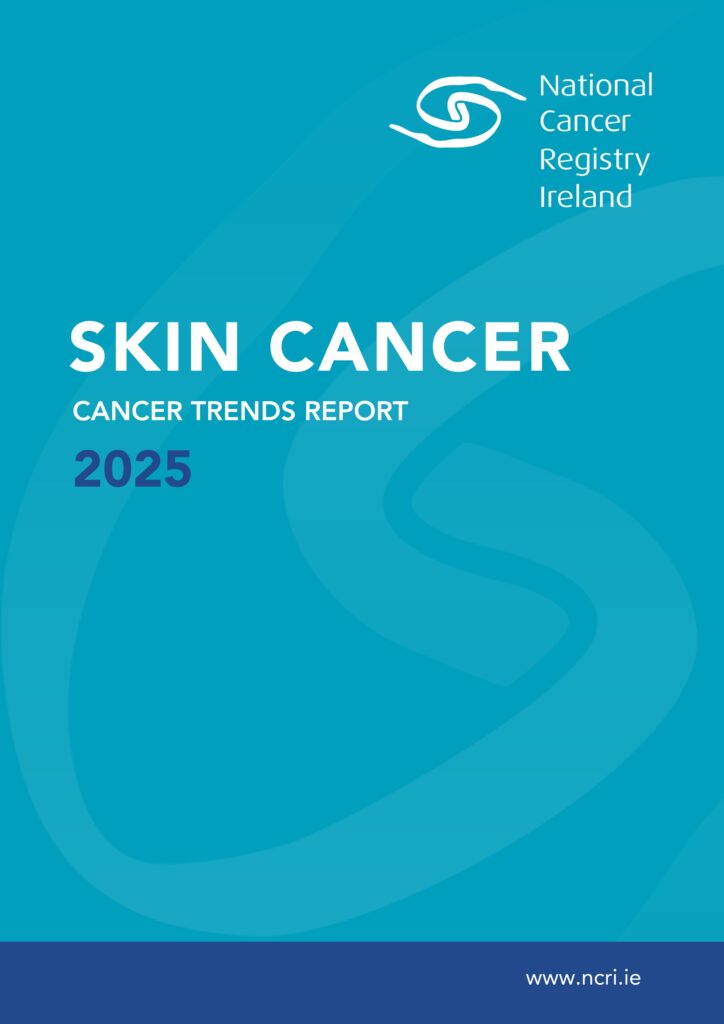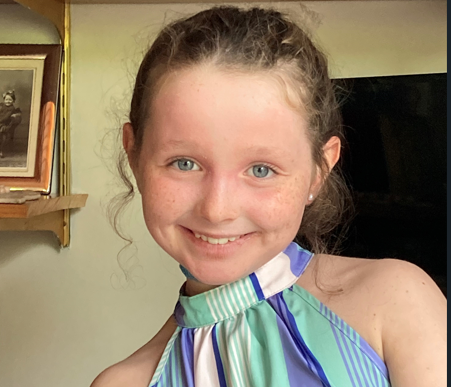Slip, Slap, Slide
Wearing adequate clothing, a broad-brimmed hat and sunglasses can provide a simple, effective and stylish way to protect skin and eyes from the sun’s ultraviolet (UV) rays.
These behaviours form three of Healthy Ireland’s SunSmart 5 S’s: Seek shade, Slip on clothing that covers skin, Slap on a wide-brimmed hat, Slop on sunscreen and Slide on sunglasses, which together help to reduce the risk of UV damage and skin cancer.
Preventing acute and chronic effects of too much sun
It is known that overexposure to UV in sunlight can cause sunburn, skin and eye damage, premature skin ageing and skin cancer.
However, clothing can provide good protection against sunburn, and skin that has been mostly covered during a person’s life shows less UV damage and skin ageing, compared with areas of the body that tend to be always exposed, such as the hands and face.
Slip on clothing: two important features
From a sun protection perspective, the best type of clothing should provide good skin coverage and significantly reduce the amount of UV reaching the skin.
The level of UV protection provided by clothing depends on its design, specifically the extent of the body surface area covered (e.g. collared t-shirts help to protect the neck, while longer sleeves, skirts, trousers or shorts provide greater skin coverage than shorter versions), and the properties of the fabric such as weave, construction, composition and colour.
A wide variety of everyday clothing can provide some UV protection, as well as garments specially manufactured to be sun protective. However, not all fabrics offer equal protection – here are some factors to bear in mind:
Properties of the fabric
The weave, construction, composition and colour of the material are important.
Look out for clothing made from tightly woven material that does not allow sunlight through; the closer the weave, the less UV is transmitted through a garment. Thicker, denser fabrics also transmit less UV.
Clothing fabric is produced using different construction methods, most commonly knitting and weaving. The method of construction influences how the fibres in a garment behave when tension (a pulling force) is applied that stretches a fabric, or when it is washed, and impacts on the amount of space between fibres. Knitted fabrics generally stretch more than woven fabrics.
Clothing can be made from a range of different fibres, with different UV absorbing (or reflecting) properties, so fabric composition is another important factor. Synthetic fibres such as polyester can offer good UV protection but may be uncomfortable to wear in hot weather. Natural fabrics such as cotton are most frequently used for summer clothing; unbleached cotton provides better UV protection than bleached cotton.
In general, darker colours are more UV protective than lighter colours because they absorb UV more strongly.
Ultraviolet Protection Factor (UPF)
Some clothing is labelled as sun-protective, using the Ultraviolet Protection Factor (UPF) rating system. This rating provides information about how much of the sun’s UV rays (both UVA and UVB) the clothing allows to reach the skin; a higher rating indicates better protection. For example, at the upper end, a UPF 50 rating indicates that the clothing fabric blocks 98% of the sun’s UV rays, so significantly reducing UV exposure for the skin covered by that fabric.
Official guidelines for testing and labelling
Standards for clothing designed to be UV protective have been introduced in several countries (e.g. Australia, New Zealand, the United States of America, as well as in the European Union) based on the protective capabilities of a fabric exceeding a minimum UPF and a requirement for a minimum body surface area to be covered.
To comply with the European standard (EN 13758-2), a garment must fulfil strict criteria for testing, classification and marking/labelling, including a UPF greater than 40 (UPF 40+). Look out for the CE mark, the European standard EN 13758-2, and UPF 40+ on a sewn-in label.
Wetting, stretching or age of garment
If clothing gets wet or stretched, it may lose some of its protective qualities, depending on factors such as the type of fabric, the degree of moisture it absorbs or the extent of the stretch. UV protection may also be reduced with age/use e.g. after repeated washing, colour fading etc.
Slap on a wide brimmed hat
Slapping on a wide brimmed hat helps to protect the scalp, face, ears and neck from the sun’s UV rays.
The type of hat and size of the brim are important as they influence the degree of protection against UV. A wide/broad brimmed hat (e.g. a brim of 7.5cm or greater), provides shading to more of the facial areas and the ears, than caps. Styles with circular brims or legionnaire style hats also provide protection for the back of the neck.
Just as with clothing, hats made from close-woven material that does not allow sunlight through offer greater protection.
Slide on sunglasses
Like the skin, the eyes can also be vulnerable to UV damage. Sliding on sunglasses can help to protect the eyes, and potentially the skin around the eyes, from excessive exposure to UV in sunlight.
Darker lenses reduce glare but it is important to check that they also offer certified UV protection. Look for sunglasses that provide protection from the sun’s UV rays according to the European Standard ISO 12312-1:2013 + A1 2015, and carry the CE mark, which indicates compliance with European Union standards and regulations.
The design and size of frame can also affect eye protection. Larger frames that fit close to the face and offer protection from the side, such as wrap-around designs, reduce the amount of UV reaching the eye from around the frame and lenses, and are most protective.
Enjoy the sun safely: reduce risk of UV damage and skin cancer
Although there are a variety of factors that can influence the level of UV protection offered by clothing, hats and sunglasses, when chosen and used appropriately as part of a complete sun protection strategy, they provide some of the most effective ways to enjoy the sun safely.
Next article: No sunscreen can provide 100% UV protection
For more information on how to Protect & Inspect™ against Melanoma Skin Cancer visit our information and resources page.












